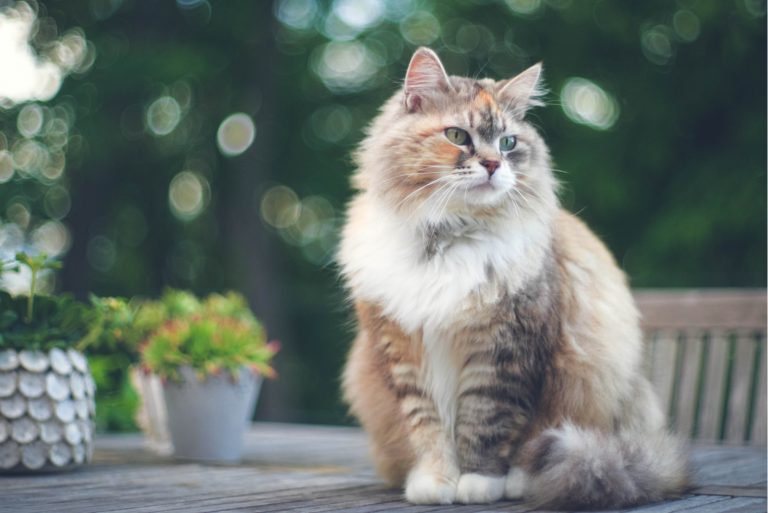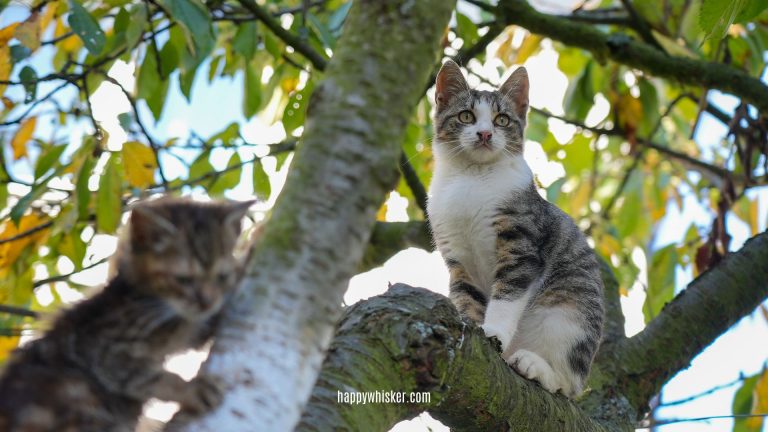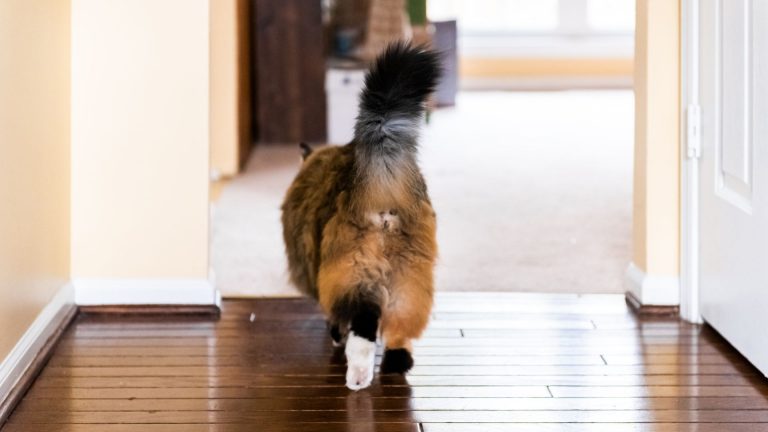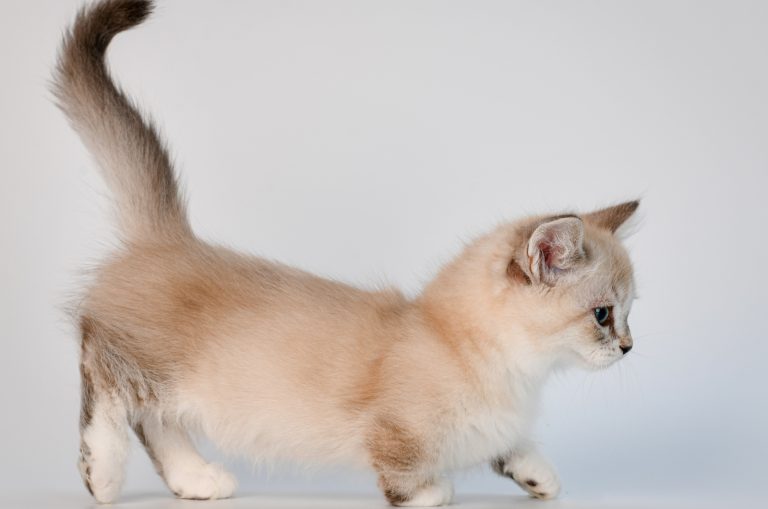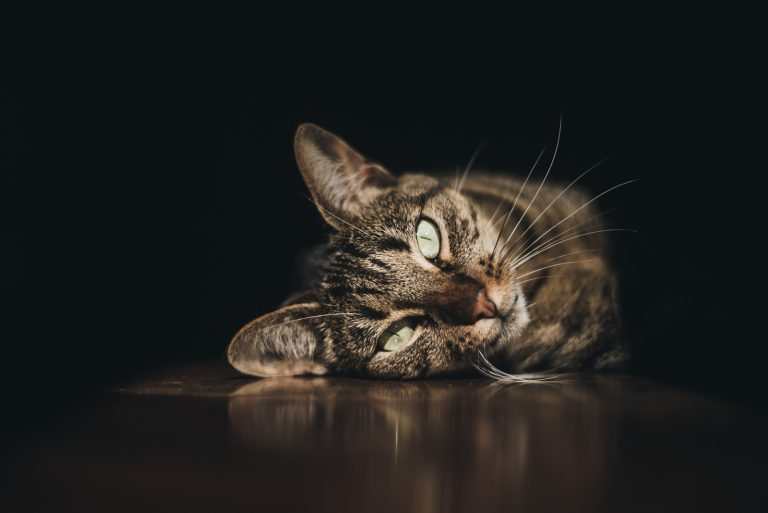Why Do Cats’ Tongues Feel Like Sandpaper? Fun Facts To Know
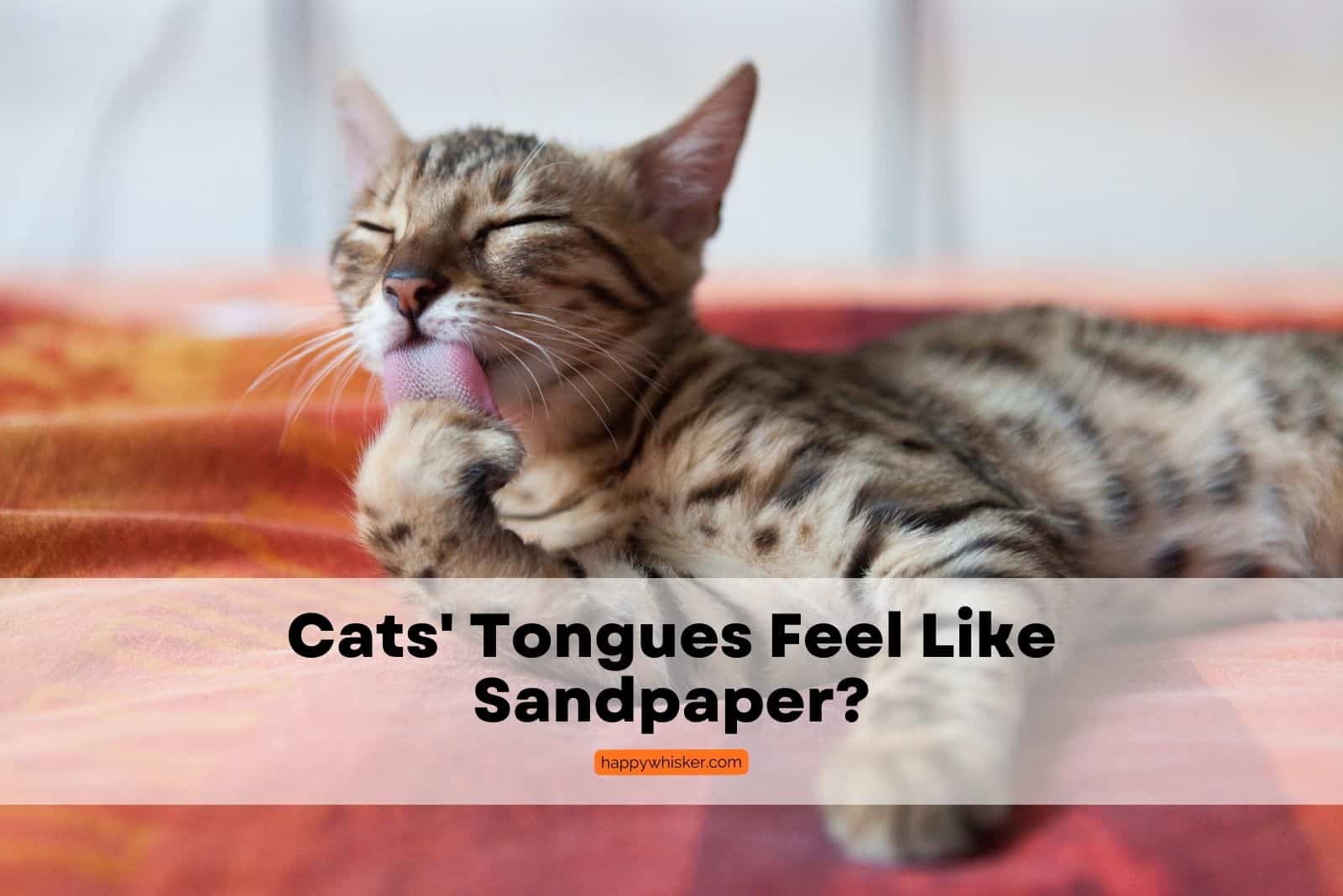
Have you ever been licked by a cat (or are you licked by a cat daily?!) and noticed that their tongue feels rough, almost like sandpaper?
In this article, we will explore the unique anatomy of a cat’s tongue and how it enables them to groom themselves effectively.
We will also discuss the various functions of a cat’s tongue and how it plays a crucial role in their daily lives.
So, why do cats’ tongues feel like sandpaper? The answer may surprise you!
Why Do Cats’ Tongues Feel Like Sandpaper?
Cats’ tongues have a rough and textured surface that some might describe as feeling like sandpaper.
This is because their tongues are covered with tiny, backward-facing spines called papillae, which are made of keratin, the same substance that makes up human fingernails and hair.
The small spikes on a cat’s tongue point towards the cat’s throat, resulting in being licked by a cat feeling like being rubbed with sandpaper.
Let’s have a closer look at the surface of a cat’s tongue!
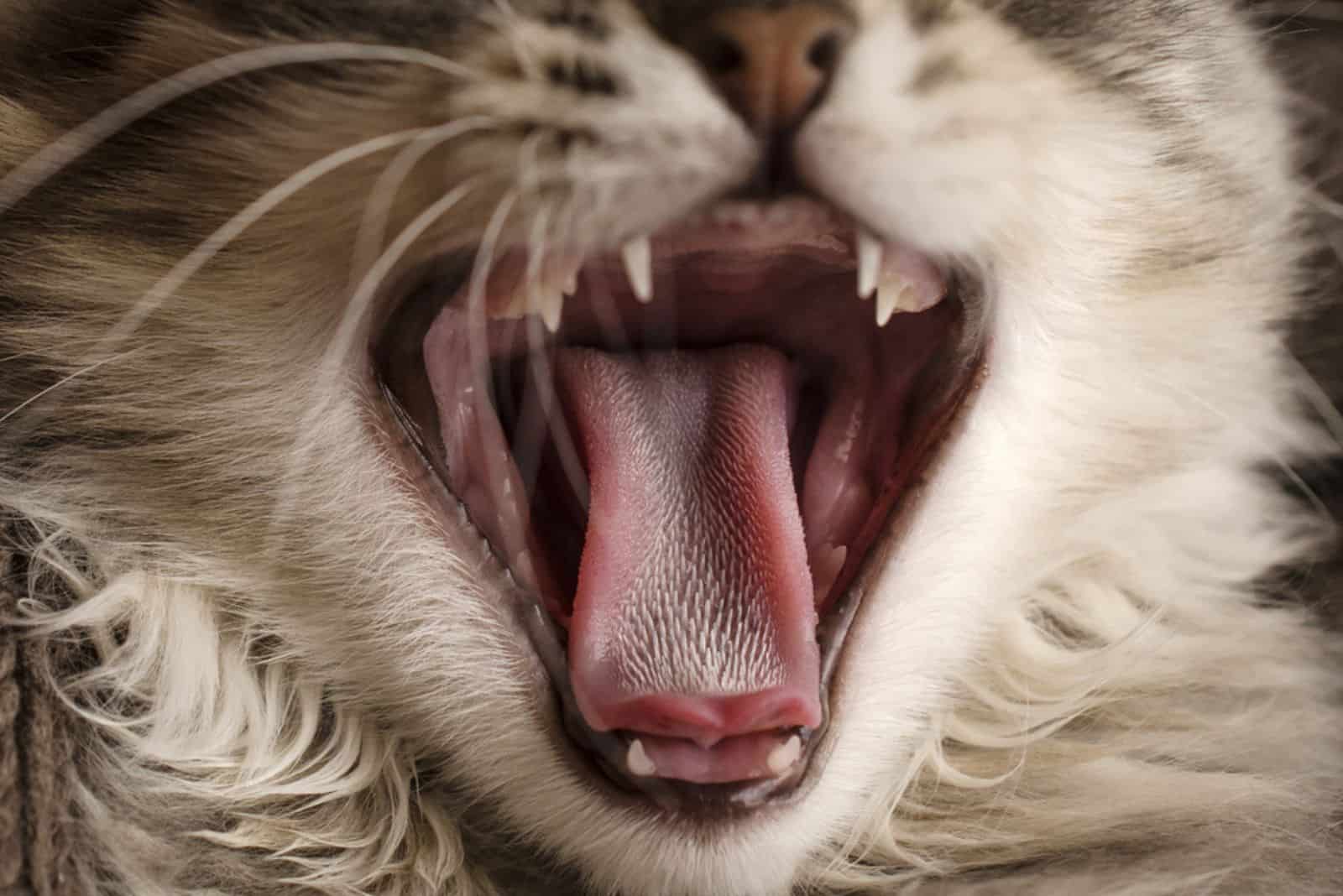
Some might even say the individual spines look like tiny hooks!
More About The Spikes (Papillae) On Cats’ Tongues
🐾 Papillae are made of keratin. You might be familiar with keratin already – it’s the same protein that makes up human hair and nails!
🐾 Papillae are arranged in rows on the cat’s tongue’s surface
🐾 The number of papillae on a cat’s tongue can vary, but on average, there are about 400-500 papillae per square centimeter of the tongue.
🐾 The papillae on a cat’s tongue are usually not noticeable until the cat licks you!
What’s The Role Of Spines On Cats’ Tongues?
The spikes on cats’ rough tongues have multiple roles, and we will discuss each. Let’s list the roles first, and then we’ll take a deep look at each purpose below in this article.
1. Grooming – These spines help cats groom themselves by collecting loose hair and debris and helping them lap up liquid (such as water).
2. Help during eating – The spines are also thought to help cats when eating, as they can collect small food particles and hold onto them.
3. Aid in digestion – The papillae contain glands that secrete saliva, which helps with the digestion of food.
4. Tasting food – The spines also ensure the cat can taste its food!
Now, let’s dig deeper into each role of cats’ spikes!
1. The Perfect Grooming Tool: The Spikes on Cats’ Tongues
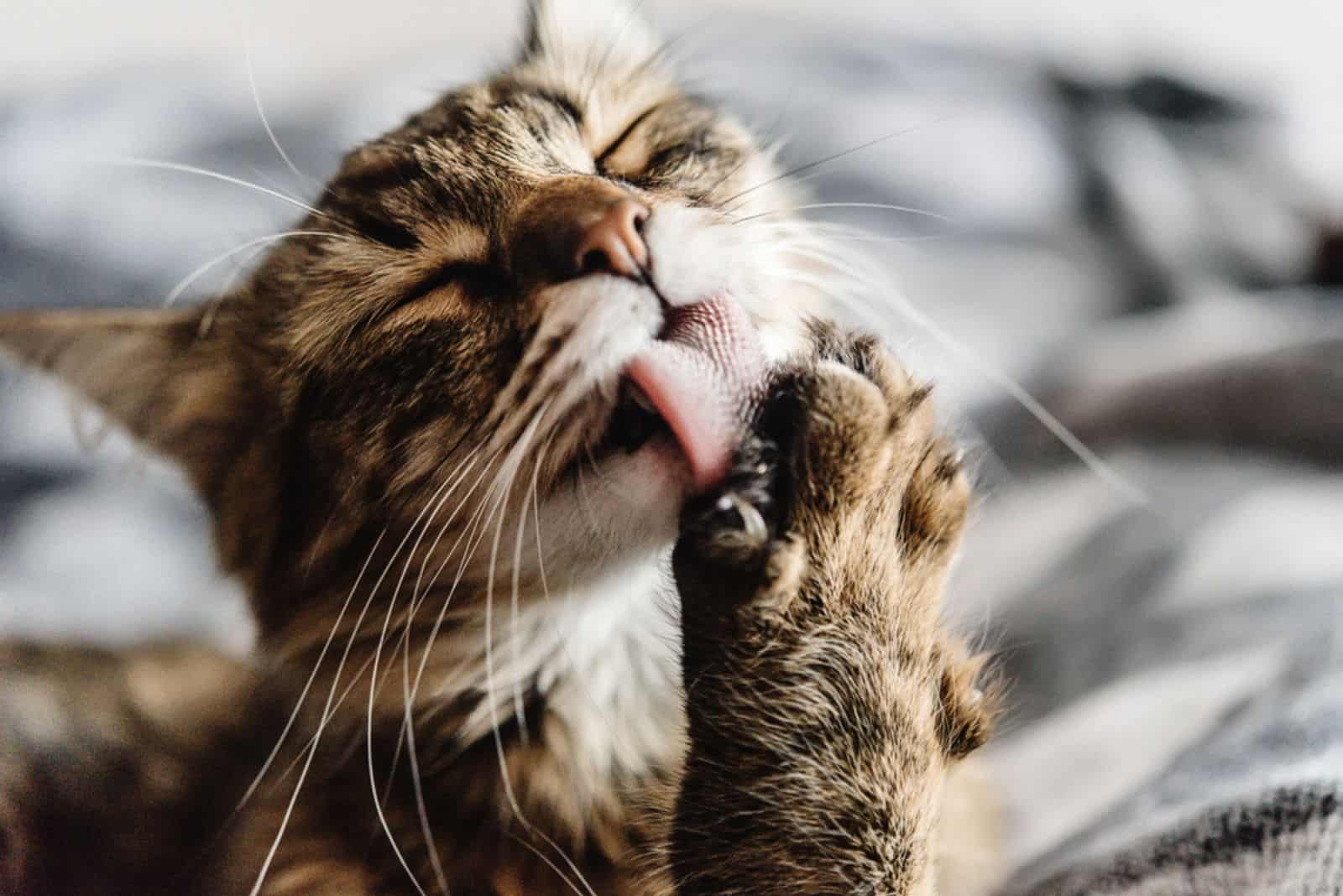
Cats are known for their grooming habits, constantly licking their fur to keep it clean and shiny.
But have you ever stopped to wonder about the small spines, or papillae, on a cat’s tongue that make this grooming possible?
These tiny barbs may seem insignificant, but they actually play a crucial role in a cat’s daily life.
Both outdoor and house cats spend half of their waking hours grooming themselves, using their tongue to clean their fur.
So, how do these spikes help in self-grooming?
🐾 The papillae on their tongue, which are small spines curved and hollow-tipped, can transfer a significant amount of saliva from their mouth to their fur.
This not only helps to clean the fur but also has the added benefit of lowering the cat’s body temperature as the saliva evaporates.
🐾 The papillae are also incredibly soft and flexible and act like a comb, helping cats remove dirt and debris from their fur.
🐾 The papillae are also great for spreading natural oils around the fur, which helps keep the coat shiny and healthy.
🐾 The papillae also stimulate the cat’s skin, helping to increase circulation and eliminate dead skin cells.
2. The Surprising Way Papillae on Cats’ Tongues Help During Eating
Regarding the incredible anatomy of cats, one of the most fascinating features is the papillae on their tongues.
Apart from grooming and detangling purposes, papillae serve an additional and very important purpose in a cat’s digestion.
The papillae on a cat’s tongue contain tiny barbs or spines called “filiform papillae,” which help to mechanically break down their food as they eat.
These little spines, along with the tongue’s rough surface, help shred and grind the food, making it easier to swallow and digest.
3. The Incredible Purpose of Papillae on Cats’ Tongues: Aiding In Digestion
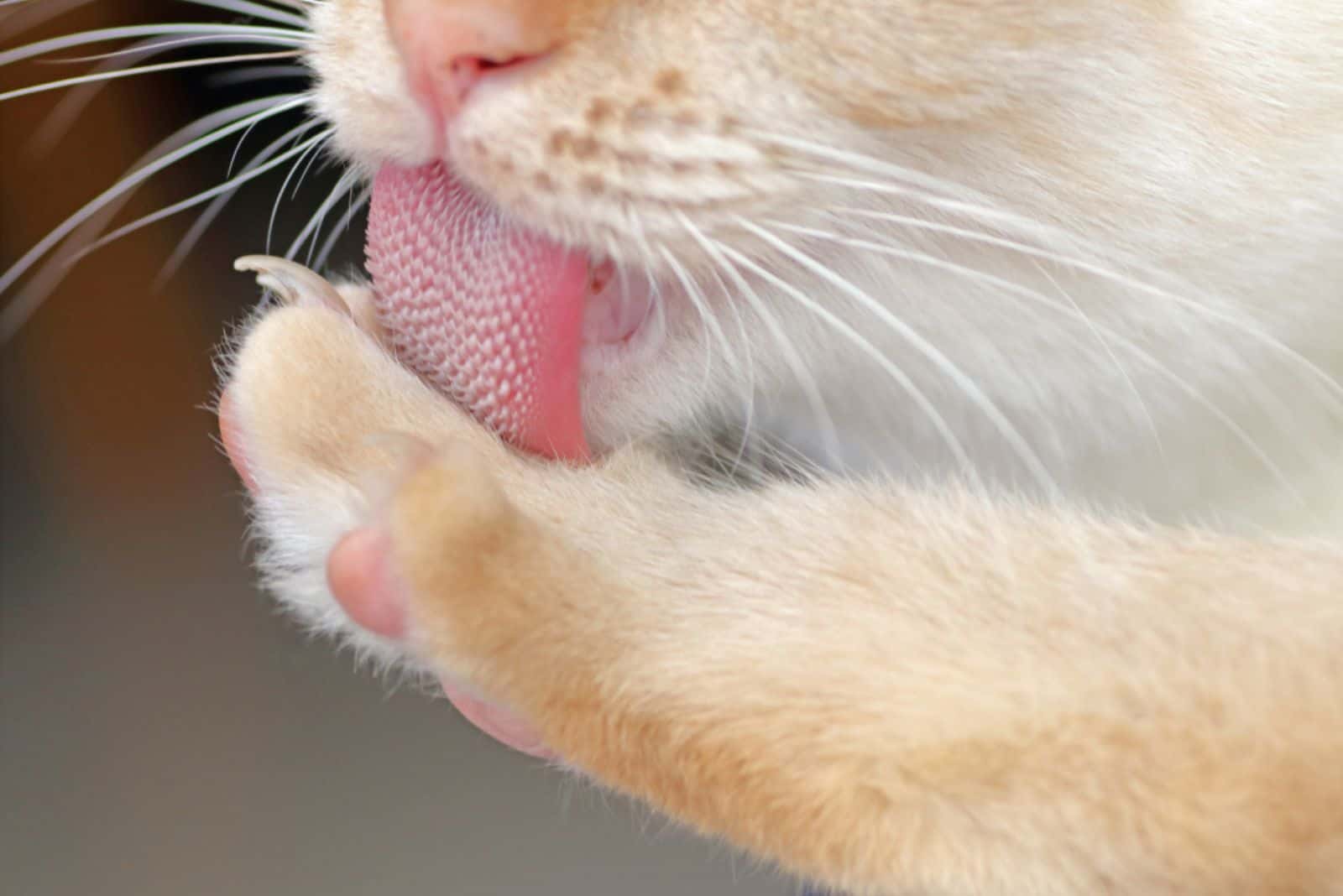
The papillae on a cat’s tongue serve a multifunctional purpose, aiding in grooming and helping break food down in the cat’s mouth.
Another important role of papillae is the secretion of saliva, which helps to break down their food as they eat.
Saliva is produced by glands in the mouth and secreted onto the tongue’s surface, where it mixes with the food.
Saliva contains enzymes that help to mechanically and chemically break down the food, making it easier to swallow and digest.
4. How Papillae on Cats’ Tongues Help Them Taste Food
The papillae on a cat’s tongue serve an important function in a cat’s diet: they help them taste their food. How?
The papillae contain taste buds, which are located on the surface of the papillae on a cat’s tongue.
Taste buds are specialized cells responsible for detecting and distinguishing different flavors. Humans have them too!
Look at this interesting video showing a close-up view of a cat licking something off a surface. My favorite slow-motion shot is 5:55-6:05!
You can see the spikes of a cat’s tongue, and now you know that there are taste buds on the surface of those spikes, allowing the cat to taste the food!
Science Corner: How Cats’ Tongues Inspired Engineers
Alexis Noel, a doctoral candidate in mechanical engineering at Georgia Tech, observed her cat’s tongue while attempting to disentangle it from a blanket and became interested in the spines, called papillae, on the tongue.
Noel and her team used macro- and high-speed videography equipment to observe the shape and flexibility of the papillae and were able to 3D print a 400% scale model of a cat’s tongue.
Then, they used a machine to drag a 3D-printed artificial cat’s tongue model across fake fur.
What Did The Team Discover?
A cat’s flexible papillae, or spines on its tongue, can easily remove matting in its fur and prevent the buildup of hairballs.
When not used, the papillae lie nearly flat against the tongue’s surface, which allows the hair to be removed with a single swipe.
This is in contrast to traditional hairbrushes, which have spines that stick straight out and require the matting to be removed by hand by picking the hair between bristles
But, why does this matter?
Well, the 3D-printed model could easily remove tangles from the fur and was simple to clean by running a finger across the surface in the same direction as the spines. Notice the similarity with the cat’s tongue.
Why Does It Matter?
The researchers observed that the cat’s tongue is self-cleaning and that the removal of hair from the tongue is very easy – the hair does not get trapped between the spikes!
Its flexibility may have a range of applications, including an easy-to-clean hairbrush and wound cleaning within the medical field.
Noel believes this technology could be used to create grooming or cleaning tools for people and pets!
It is not uncommon for scientists and engineers to look to nature for inspiration in solving problems or designing new technologies, so it’s interesting that cats’ tongues can be used to inspire engineers!
And who knows, maybe one day, a product inspired by cats’ tongues can change the world!
FAQ
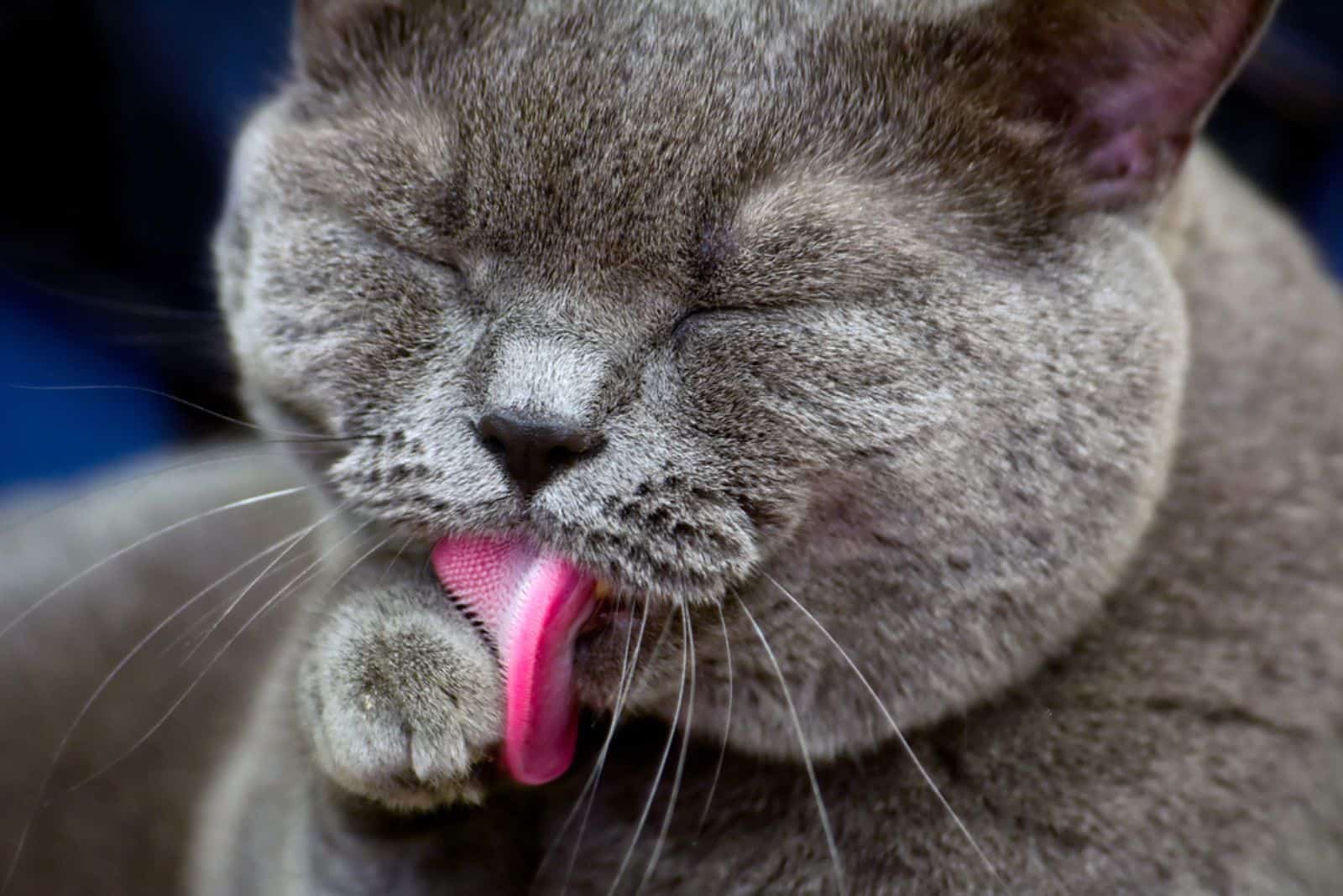
What Does A Cat’s Tongue Feel Like?
When a cat licks you, you may feel a sensation similar to the feeling of a soft brush running across your skin. I would not describe the feeling as “smooth”, that’s for sure.
As the cat’s tongue moves over your skin, you will most likely feel the small, barbed papillae on the surface of a cat’s tongue.
Of course, if you want to know what a cat’s tongue feels like, simply let a cat lick you!
Do All Cats Have A Sandpaper Tongue?
Yes, all cats have a sandpaper-like tongue due to the tiny barbs called papillae covering the surface of the tongue.
If a cat did not have the small barbs, or papillae, on its tongue, it would not be able to groom its fur as effectively, which would pose an issue for a cat.
Can A Cats’ Tongue Cut You?
The answer is simple: No.
A cat’s tongue is covered in tiny barbs, but they are definitely not sharp, otherwise they would hurt the inside of the cat’s mouth, right?
Wrapping Up
So there you have it, folks! Now you know the science behind why your feline friend’s tongue feels like sandpaper.
Let’s go over the most important details and answer: Why do cats’ tongues feel like sandpaper?
In conclusion, the rough texture of a cat’s tongue is due to papillae, which are small, backward-facing spines.
These papillae help cats groom themselves by removing dirt and loose fur and allowing cats to lap up liquids more effectively. A cat’s tongue also plays a vital role in its sense of taste and helps them to chew and swallow food.
Cat parents, next time your kitty comes in for a tongue bath, embrace the sandpaper love and return the favor with a little head boop.
Happy petting!
Related Articles:
• Why Do Cats Stick Their Tongues Out? 18 Interesting Reasons

